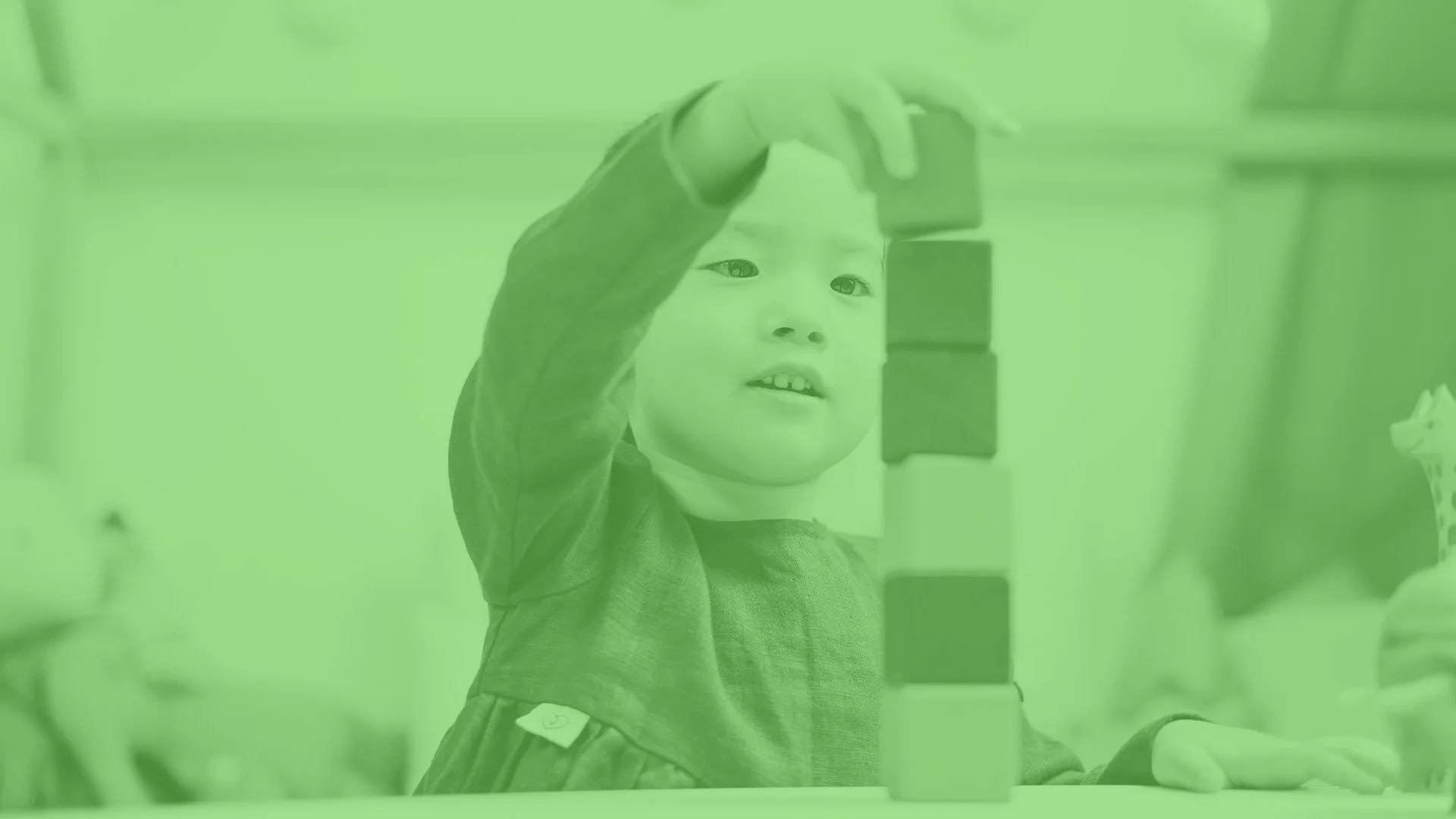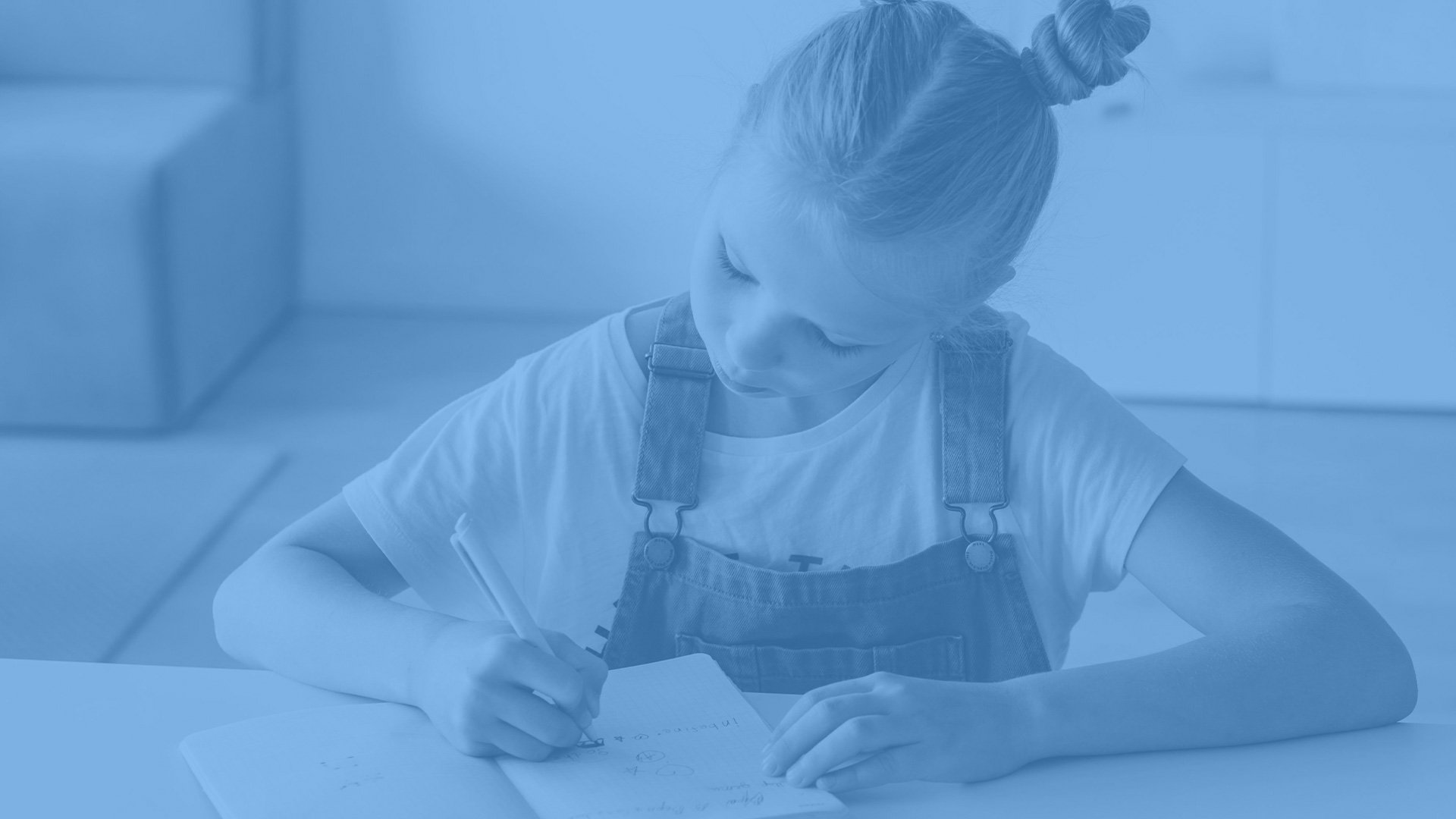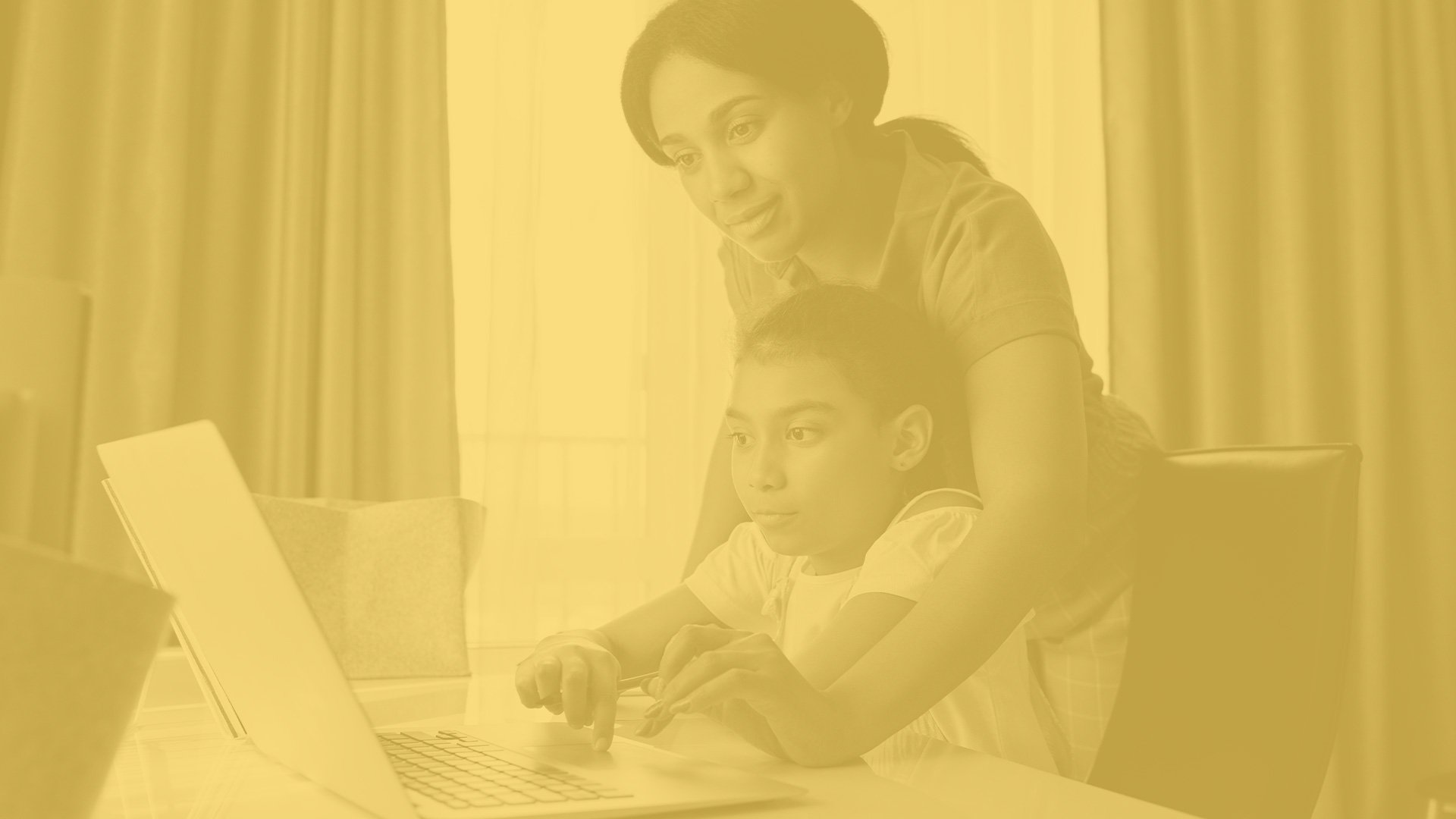
MathsBites is your go-to guide for
clarity, confidence and certainty.
MathsBites is built using the NSW syllabus.
Every concept below will be covered by your child during Stage 2,
and every concept is explained and demonstrated by your MathsBites videos.
Scroll through and see how much they will cover.
Stage 2, Part B - Year 4
Representing numbers using place value
Whole numbers: Order numbers in the thousands
Arrange numbers in the thousands in ascending and descending order
Recognise and describe how rearranging digits changes the size of a number
Identify the nearest thousand, 10 thousand or 100 thousand to numbers
Whole numbers: Apply place value to partition, regroup and rename numbers up to 6 digits
Name thousands using the place value grouping of ones, tens and hundreds of thousands
Use place value to expand the number notation
Partition numbers of up to 6 digits in non-standard forms
Whole numbers: Recognise and represent numbers that are 10, 100 or 1000 times as large
Recognise the number of tens, hundreds or thousands in a number
Describe how making a number 10, 100 or 1000 times as large changes the place value of digits
Decimals: Extend the application of the place value system from whole numbers to tenths and hundredths
Divide a length representing one whole into 10 equal parts and label the divisions using decimal notation
Use the decimal point as a marker to identify the position of the ones digit when expressing tenths as decimals
Recognise that 10-tenths is recorded as 1.0 and regroup when using decimal notation
Represent and compare tenths as decimals using linear representations
Subdivide tenths into 10 equal parts and record hundredths using place value
Express decimals as both tenths and hundredths
Locate and order decimals representing tenths and hundredths on a number line, describing their relative size
Interpret zero digits at the end of a decimal
Distinguish between the role of zero in various positions
Decimals: Make connections between fractions and decimal notation
Record equivalent measurements using decimals
Connect fraction strips showing tenths to a number line marked in hundredths
Compare and order decimals of up to 2 decimal places
Make connections between fractions and decimal notation for key benchmark values
Additive relations
Partition, rearrange and regroup numbers to at least 1000 to solve additive problems
Use quantity values and non-standard partitioning to solve addition and subtraction problems
Model addition with and without regrouping and record the method used
Model subtraction with and without regrouping and record the method used
Use an algorithm with understanding to record addition and subtraction calculations, where efficient, involving 3-digit numbers
Recognise how hundreds are exchanged in subtraction algorithms requiring regrouping
Recognise when mental strategies would be more efficient than a vertical algorithm for subtraction
Solve subtraction questions with missing digits given the difference
Apply addition and subtraction to familiar contexts, including money and budgeting
Use estimation to check the validity of solutions to addition and subtraction problems, including those involving money
Reflect on a chosen strategy for solving a problem, considering whether it can be improved
Interpret problems involving money as requiring either addition or subtraction
Complete number sentences involving additive relations to find unknown quantities
Calculate missing numbers by completing number sentences involving addition and subtraction
Find the missing number in an equivalent number sentence involving operations of addition or subtraction on both sides of the equals sign
Create word problems that correspond to given addition and subtraction number sentences
Multiplicative relations
Investigate number sequences involving related multiples
Generate number patterns using related multiples
Investigate number patterns involving related multiples
Use known number facts and strategies
Apply the known strategy of doubling to connect multiples of 3 to 6 and 4 to 8
Use known facts to find unknown multiples
Represent and solve word problems with number sentences involving multiplication or division
Use the equals sign to record equivalent number relationships involving multiplication
Complete number sentences involving multiplication and division by calculating missing numbers
Represent and solve multiplication and division (both sharing and grouping) word problems using number sentences
Use number properties to find related multiplication facts
Use the commutative property of multiplication
Use the associative property within multiplication to regroup the factors
Use flexible partitioning within multiplication
Generate and recall multiplication fact families up to 10 x 10
Use the structure of the area model to represent multiplication and division
Create and represent multiplicative structure, moving from arrays to partially covered area models
Operate with multiples of 10
Use multiplication facts with multiples of 10 to multiply a one-digit number by a multiple of 10
Use place value to rename groups of 10 to multiply
Apply the commutative and associative properties to multiply by multiples of 10
Partitioned fractions
Represent fractional quantities equal to and greater than one
Rename 2 halves, 3 thirds, 4 quarters, 5 fifths, 6 sixths, 8 eighths and 10 tenths as one whole
Regroup fractional parts beyond one
Represent totals of halves, thirds, quarters and fifths that extend beyond one
Determine the relative location of one-quarter and one-half when a number line extends beyond one
Model equivalent fractions as lengths
Represent the equivalence of fractions with related denominators as lengths, using concrete materials, diagrams and number lines
Recognise the need to have equal wholes to compare partitioned fractions
Represent fractions with the same-size whole to make valid comparisons (denominators of 2, 4 and 8; 3 and 6; 5 and 10)
Geometric Measure
Position: Use directional language and describe routes with grid maps
Use a given grid map and compass directions (N, S, E, W) to plan, describe and show a route from one location to another
Use natural resources or landmarks to identify north, south, east, west
Relate compass directions to amounts of turn
Describe a return journey between 2 locations on a grid map
Position: Create and interpret grid maps
Create simple maps and plans from an aerial view, labelling grid references
Identify and mark locations on maps and plans, given their grid references
Length: Use scaled instruments to measure and compare lengths
Select and use an appropriate scaled instrument to measure lengths and distances
Select and use an appropriate unit to estimate, measure and compare lengths and distances
Recognise the features of a three-dimensional object associated with length that can be measured
Use the term perimeter to describe the distance around the boundary
Estimate and measure the perimeters of quadrilaterals
Convert between metres and centimetres, and between centimetres and millimetres
Record lengths and distances using decimal notation to 2 decimal places
Angles: Compare angles to a right angle
Compare angles to a right angle using an informal means
Recognise and describe angles as less than, equal to, about the same as or greater than a right angle
Describe angles in comparison to quarter-turns as acute, right, obtuse, straight, reflex or a revolution
Identify the arms and vertex of an angle where one arm is visible and the other arm is invisible
Two-dimensional spatial structure
2D shapes: Create two-dimensional shapes that result from combining and splitting common shapes
Combine common two-dimensional shapes, including quadrilaterals, to form other common shapes or designs
Split a given shape into 2 or more common shapes and describe the result
Record the arrangements of common shapes used to create other shapes
2D shapes: Create symmetrical patterns and shapes
Create and record tessellating designs by reflecting, translating and rotating triangles or quadrilaterals
Apply and describe amounts of rotation, including half-turns, quarter-turns and three-quarter-turns, when creating designs
Area: Measure the areas of shapes using the grid structure
Measure the areas of rectangles and right-angled triangles using a square-centimetre grid overlay
Estimate the areas of shapes found in the environment using efficient strategies (non-count-by-one) with a grid overlay
Recognise that rectangles with different side lengths can have the same area
Area: Compare surfaces using familiar metric units of area
Estimate before measuring to determine the larger of 2 rectangular areas in square centimetres
Estimate before measuring to determine the larger of 2 rectangular areas in square metres
Three-dimensional spatial structure
3D objects: Connect three-dimensional objects and two-dimensional representations
Identify features of prisms and pyramids (faces, vertices and edges) and cylinders (curved/flat surfaces and boundaries) from images
Create sketches of rectangular prisms and pyramids, showing depth
Create sketches of three-dimensional objects from different views, including top, front and side views
Draw different views on isometric grids of an object constructed from connecting cubes
Interpret given drawings to make models of three-dimensional objects using connecting cubes
Volume: Use scaled instruments to measure and compare capacities (internal volumes)
Recognise the need for a formal unit smaller than the litre to measure capacity (internal volume)
Use a scaled instrument to relate 1000 millilitres to one litre
Relate benchmark values to familiar everyday containers
Calibrate a container by marking 100 mL increments to measure capacity (internal volume) to the nearest 100 mL
Record capacity (internal volume) using the abbreviation for millilitres (mL) and litres (L)
Compare and order the capacities (internal volumes) of 2 or more containers measured in millilitres
Estimate the capacity (internal volume) of a container to common benchmark values, such as 250 mL, and check by measuring
Non-spatial Measure
Mass: Use scaled instruments to measure and compare masses
Recognise the need for a formal unit smaller than the kilogram
Use a scaled instrument to relate 1000 grams to one kilogram
Identify familiar objects that could be measured in grams
Measure and record mass in grams (g) using a scaled instrument
Compare 2 or more objects by mass measured in kilograms and grams using a set of scales
Interpret commonly used fractions of a kilogram, including 1/2, 1/4, 1/3, and relate these to the number of grams
Record masses greater than a kilogram using kilograms and grams
Time: Represent and interpret digital time displays
Identify situations where duration is measured in seconds
Read or set the time on digital devices to the minute or second, recognising there are 60 seconds in one minute
Recognise that the hour is read first in a digital display
Determine the time remaining until the next hour on a digital clock
Time: Use am and pm notation
Record times using the colon notation with am and pm to distinguish between morning and evening
Relate the terms midday or noon and midnight to am and pm
Relate analog notation to digital notation for time
Data
Select and trial methods for data collection
Create a survey and related recording sheet, considering the appropriate organisation of categories for data collection
Refine survey questions as necessary after a small trial
Conduct a survey or make observations to collect categorical or numerical data
Compare the effectiveness of different methods of collecting and recording data
Construct and interpret data displays with many-to-one scales
Use a given many-to-one scale to represent discrete data in column graphs
Use data in a spreadsheet to create column graphs with units on vertical axes that are in multiples
Interpret and evaluate the effectiveness of various data displays found in media and in factual texts where displays represent data using a scale of many-to-one
Chance
Describe the likelihood of outcomes of chance events
Use the terms equally likely, likely and unlikely to describe the chance of everyday events occurring
Compare the likelihood of obtaining particular outcomes in a simple chance experiment by predicting, conducting the experiment and comparing the results with the prediction
It’s a lot, right?
Don’t worry … MathsBites walks you through every single one, so that you are:
clear on exactly what your child is learning and how to help using the language and strategies they’ll use in class
ready to help them work with the maths concepts that are a part of their everyday lives
prepared, so when they get ‘stuck’, you can help them through
proactive rather than reactive.
Identify when events are affected by previous events
Identify and discuss events where the chance of one event occurring will not be affected by the occurrence of the other.
Compare events where the chance of one event occurring is affected by the occurrence of the other.






